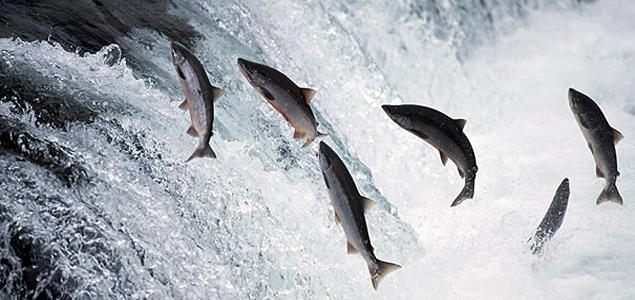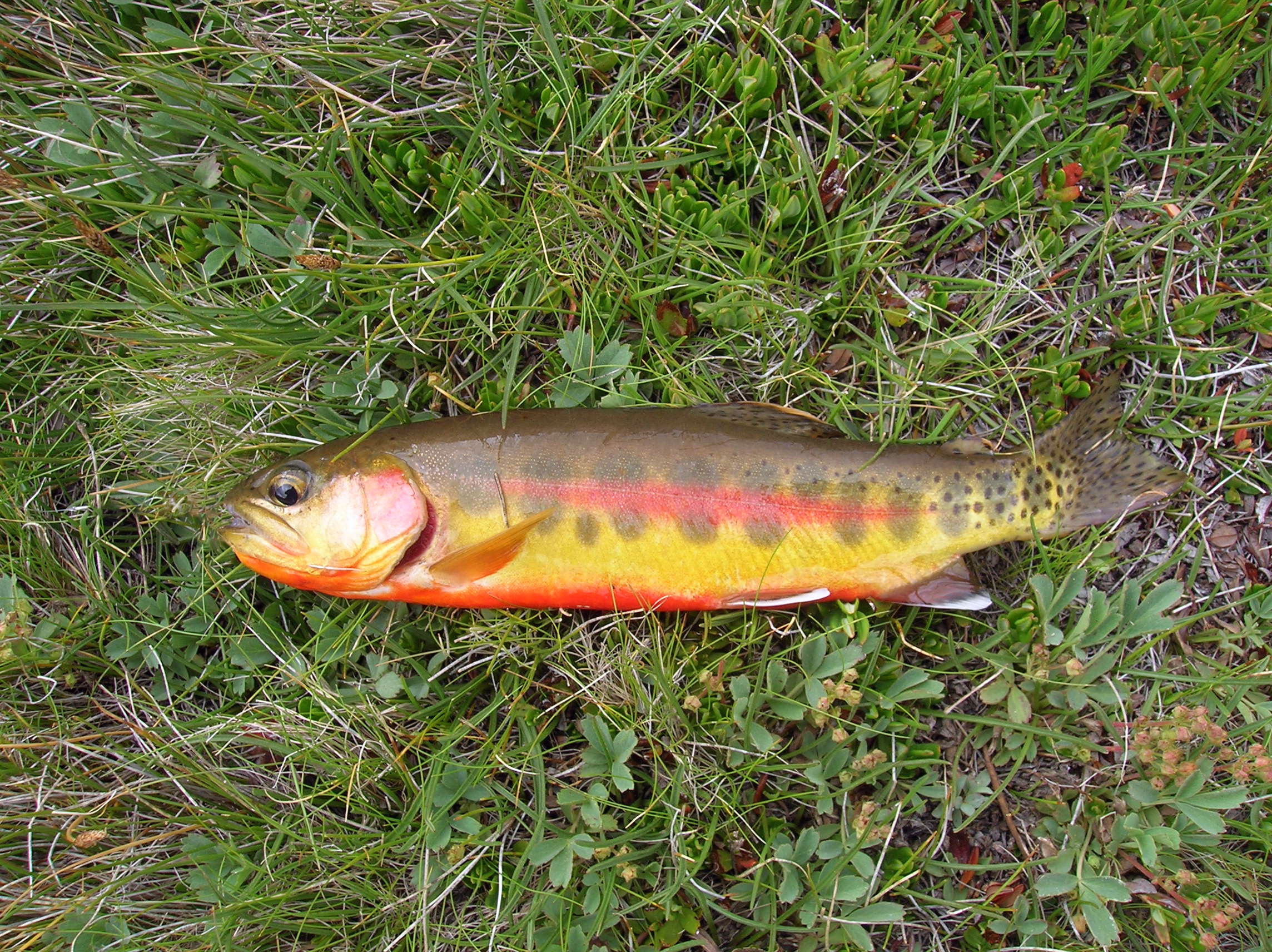Alaskan Salmon are widely regarded as the ‘king‘ of fish, thanks to their dramatic lifestyle as they battle against all the odds that nature and man can throw at them. Their fighting abilities are matched nly by their looks and reputation as a table fish.
The commercial farming of alaskan salmon has led to less pressure on wild stocks, but they are still under threat from pollution, abstraction, disease and overfishing. All members of the Salmonidae family have a small, fleshy adipose fin between the dorsal fin and the tail.
Related Articles:
-
How to Catch Salmon (in the Ocean) 1 of 2
-
How To Fish For Salmon (in the Ocean) 2 of 2
-
Sea Trout Fishing (Salmo trutta)
-
What To Do If Your Aquarium Is Leaking?
-
Salmon Flies and Lures
Top Tip
Alaskan Salmon fishing can cost you an arm and a leg – or very little. Before booking an expensive bet for a week, why not try an association water first? There are plenty of salmon bargains to be had in wales, the north-west and the West Country.
You will have to share the bank with other anglers and be prepared to fish at a moment’s notice when a sudden spate brings in the fish.

Alaskan Salmon Habits
Alaskan Salmon spawn in fresh water, usually in the feeder streams or headwaters of fast-flowing, cool rivers, in late autumn and winter. The hen fish selects an area of gravel to cut her red (nest), into which she releases her eggs. These are then fertilized by the cock fish, and the redd is then covered to prevent predation by small trout.
After spawning, the hen fish (kelt) drops downstream into quieter, deeper water to recover. Some kelts may eventually make it back to the sea, and return again to spawn the following summer. Few cock fish, however survive.
The salmon eggs hatch into alevin (a stage of development in which they feed from their external yolk sacs) in spring, remaining in the red for several weeks before emerging as fry. Only around ten per cent of the fry may make it to the parr stage.
After two to three years in the river, the baby salmon have grown into smolts measuring six to eight inches (15-20 cm) in length, and are ready to drop downstream to salt water. This usually takes place in spring.
Once in the sea, the rich food supply ensures rapid growth. Shrimps, prawns, squid, sprats and sandeel put on the weight. Some alaskan salmon may swim as far as Greenland in a three-year odyssey of heroic proportions before responding to the urge to return to the river of their birth.
Tactics
Alaskan Salmon returning from the sea do not feed in fresh water, a fact which puzzles many anglers who regularly catch them on fly, bait and spinner. Memory, aggression, inquisitiveness are all put forward as possible reasons for salmon taking a fly or bait. But the truth is that no-one knows for certain.
The great spring runs on the famous Scottish rivers are now a thing of the past, with fresh fish moving into the rivers from late may onwards whenever a suitable spate occurs.
If the water is deep, high and colored, then the fly angler will need to use a heavy brass tube fly or Waddington to reach the bottom where the salmon will be lying. The fly is cast and allowed to swing round in the current with the angler following it down the pool. Double handed salmon rods can reach 18ft (5.48m).
As the water clears and drops in level, the salmon angler reduces his fly size accordingly. In low, warm water in summer, a size 10 Stoat’s Tail will replace the size 4s and 6s of spring.
Identification
Bright silver with a few dark spots when fresh run from the sea. As they ripen for spawning, the silver fades to a bronze-pink. Cock fish acquire a reddish-brown mottling and a large kype (hooked lower jaw). Hen fish acquire a purplish sheen.
Size
Grilse (young salmon returning to fresh water after one winter in the sea) average 6 to 7lb (2.72-3.1kg). Springers’ returning after two or more winters at sea can weigh up to 30lb (13.6kg) or more.
British Record
64lb (29.03kg), River Tay, Scotland, 1922
Habitat
Clean, cold-temperate and Arctic rivers of northern hemisphere.
Distribution
Fast flowing rivers in Scotland, Ireland, Wales, Northern England, Russia, Scandinavia and eastern Canada. The rivers of northern Spain are at its southernmost limit.
Best Salmon Flies
Blue Charm, Garry Dog, Green Highlander, General Practitioner, Thunder & lightning
Season
February – November (varies on each river system)











